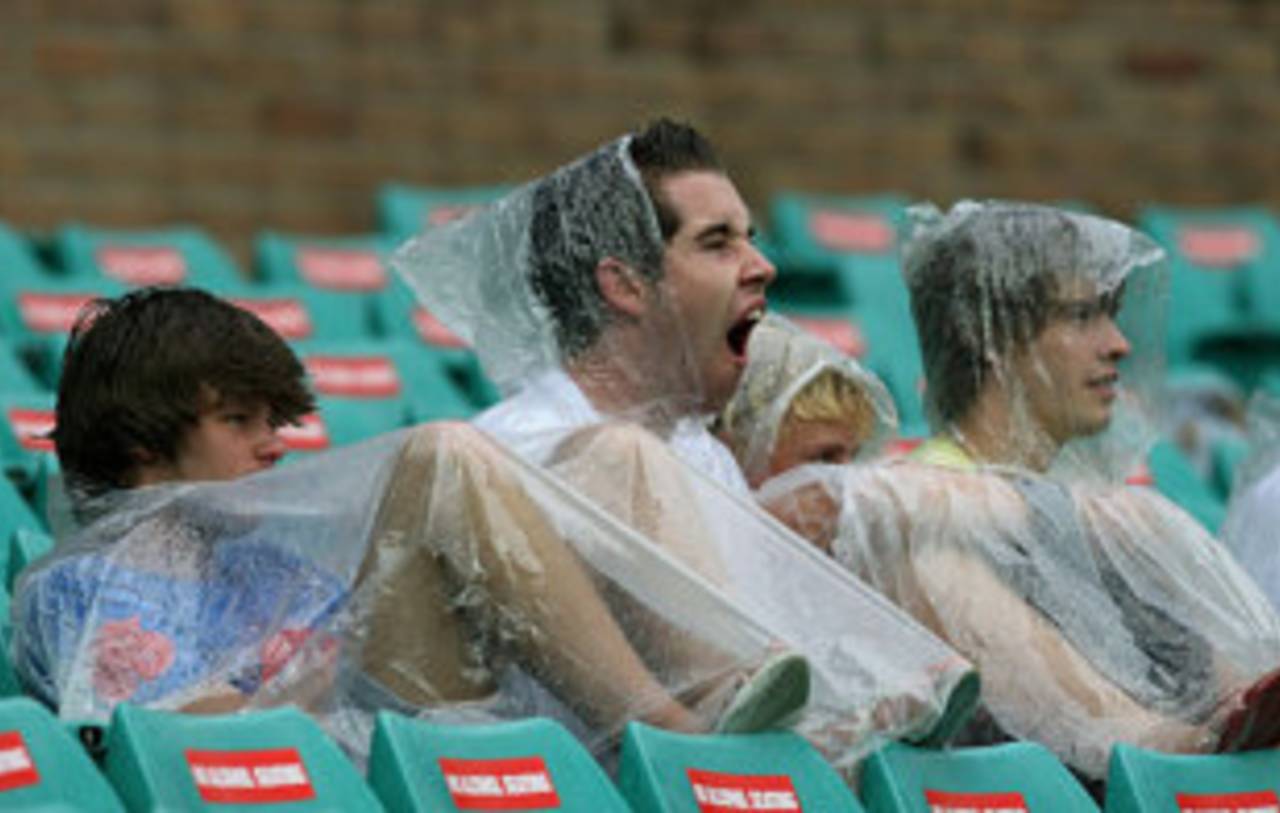It was interesting and enlightening to see the concerns fans had over my idea of
three-day Tests.
Interesting in that fans didn't want to tamper with Test cricket, and enlightening because there's so much concern for the future of the five-day game. Considering there still appears to be a lot of love for the longer game and India are currently on a mission to claim the No. 1 Test ranking for the first time, this might be the appropriate moment to propose a plan to revamp Test cricket.
Look upon this as cricket's global-warming challenge. It may mean the next generation is paying for past excesses, but if we don't act quickly there might be nothing left to save.
The No. 1-ranked side would be best decided by playing a World Test championship among the eight major nations. This needs to be achieved in the minimum of time, hence a series of three-day Tests.
The secret is to produce a ball that will facilitate day-night Tests. If the right ball becomes available (and it appears to be closer) then you can play three seven-hour days. If the administrators and players agree to some compromises then an over rate of 16 an hour is feasible. If this were achieved, the championship games would amount to about the same number of balls bowled as in four days of a modern Test.
The compromises would include full-sized sightboards with no advertising on them, no television replays to decide boundaries, a back-foot no-ball law to virtually eradicate overstepping, ball boys beyond the ropes, and strictly controlling the number and duration of unofficial drinks breaks on the field. In return the players would agree to bowl 16 overs an hour, and if a team falls behind the rate the captain is suspended from the next championship game.
The pebble in the shoe is the newly instituted Umpire Decision Review System (UDRS), which will further slow the game. Maybe in the championship matches the UDRS could be refined and only be activated when the third umpire overrules an absolute howler.
This would be a viable tournament to crown a world Test champion rather than a team claiming No. 1 ranking on a computer. It might also prove to be a street sign for Test cricket's road ahead.
The three-day concept has merit because matches could be played on Friday, Saturday and Sunday. This makes back-to-back Tests more realistic with the players having ample rest between matches, contested on fan-friendly days of the week. The long-weekend concept would appeal to television because not only are these popular sporting days, it also means play is virtually guaranteed on all days, with a possible exciting climax on the Sunday.
The three-day concept has merit because matches could be played on Friday, Saturday and Sunday. This makes back-to-back Tests more realistic with the players having ample rest between matches, contested on fan-friendly days of the week
For this style of Test championship to have any chance of success, certain aspects of the tournament are crucial. The prize money and the points system must be pitched to substantially reward outright victory. The pitches must provide a reasonable balance between bat and ball, and games must be played where and when the chances of rain are negligible.
Administrators could also consider eradicating not-outs so that batsmen don't place too much emphasis on their averages. This attitude could be further boosted by keeping the championship statistics separate from those of traditional Test matches.
Increasing the number of rest days between games might also encourage more genuine fast bowling, and it doesn't hurt that a good portion of the cricket would be played in the cool of the evening.
Condensing the game might produce more tactical challenges as captains search for quicker ways to obtain a result. It would also favour the more aggressive selection panels.
Nowadays, with so much competition from other sports and even within cricket, the longer game needs to give fans a reason to go to the ground rather than making them get up and leave.
This could become a fast-moving championship, favouring teams like India, who have the ultra-aggressive Virender Sehwag leading the charge, and Australia, with a wicket-taking fast bowler in Mitchell Johnson. The intensity of these battles would be heightened by pitches that encourage results.
For Test cricket to survive it needs to hit a happy balance between what satisfies the players and what excites the fans. An interesting concept, and who knows it may also prove to be enlightening.
Former Australia captain Ian Chappell is now a cricket commentator and columnist
